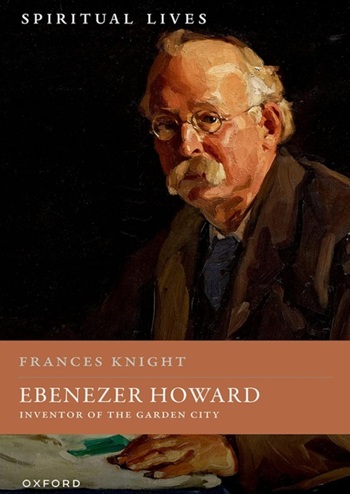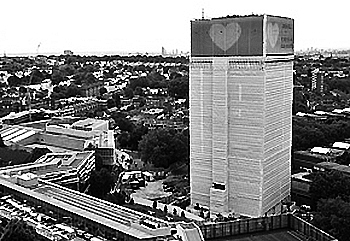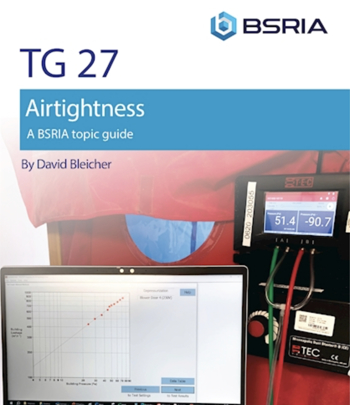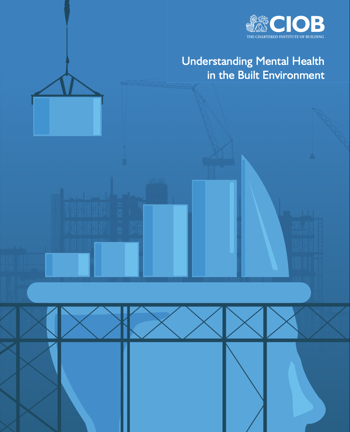Health effects of indoor air quality on children and young people
The growing evidence that respiratory problems in children can be made worse by indoor air pollution in homes, schools and nurseries, has highlighted a pressing need to improve indoor air quality (IAQ).
This is according to a report (Jan 2020) from the Royal College of Paediatrics and Child Health and the Royal College of Physicians, based on an extensive review of indoor pollution research, evidence from a wide range of practitioners and experts, and conversations with children, young people and families. It presents evidence linking indoor air pollution to childhood health problems such as asthma, wheezing, conjunctivitis, dermatitis and eczema.
Wide-ranging contributory factors detailed in the report include the materials used to construct and decorate buildings, which can be long term sources of volatile organic compounds (VOCs) and formaldehyde, and the design and refurbishment of buildings to be more airtight. Airtight construction can improve energy efficiency but should incorporate sufficient ventilation to prevent the build-up of pollutants.
A group of experts reviewed the evidence and formulated recommendations for action by government and local authorities, and guidance for families.
Dr Andy Dengel, Director, BRE Environment said: “I was very happy for the BRE IAQ team to participate (with support from the BRE Trust) in this crucial and timely report, which benefitted from the contributions of a wide range of stakeholders. The importance of good indoor air quality for health and wellbeing is now increasingly being recognised, and in children and young people the effects of poor IAQ can be more marked due to respiratory and other bodily systems still being in development. Now, as called for in the report, it is time for urgent action by many parties.”
Those parties include people designing, constructing, maintaining and repairing buildings, who the report says (among many recommendations) should be helped to avoid the use of harmful chemicals and pollutants with the support of clear labelling and a national system for control. Professional bodies for design and construction should provide or accredit training about indoor air quality, providing high standards for ventilation, energy efficiency, and reduction in exposure to allergens and pollutants.
The full report is freely available from the RCPCH website.
[edit] Related articles on Designing Buildings Wiki
- Air filtration and clean Indoor air quality standards.
- Air quality.
- Air Quality Taskforce.
- At a glance - Indoor air quality.
- BRE articles.
- BREEAM and air quality.
- BREEAM Indoor air quality plan.
- BREEAM Indoor air quality Ventilation.
- BREEAM Indoor pollutants VOCs.
- Bringing a breath of fresh air to the design of indoor environments.
- Building Research Establishment.
- BSRIA responds to UK Air Pollution Report.
- Building related illness.
- Clean indoor air for healthy living - New air filter standards.
- Ensuring good indoor air quality in buildings.
- Indoor environmental quality.
- Locating ventilation inlets to reduce ingress of external pollutants into buildings: A new methodology IP 9 14.
- Sick building syndrome.
Featured articles and news
The UK's Modern Industrial Strategy: A 10 year plan
Previous consultation criticism, current key elements and general support with some persisting reservations.
Building Safety Regulator reforms
New roles, new staff and a new fast track service pave the way for a single construction regulator.
Architectural Technologist CPDs and Communications
CIAT CPD… and how you can do it!
Cooling centres and cool spaces
Managing extreme heat in cities by directing the public to places for heat stress relief and water sources.
Winter gardens: A brief history and warm variations
Extending the season with glass in different forms and terms.
Restoring Great Yarmouth's Winter Gardens
Transforming one of the least sustainable constructions imaginable.
Construction Skills Mission Board launch sector drive
Newly formed government and industry collaboration set strategy for recruiting an additional 100,000 construction workers a year.
New Architects Code comes into effect in September 2025
ARB Architects Code of Conduct and Practice available with ongoing consultation regarding guidance.
Welsh Skills Body (Medr) launches ambitious plan
The new skills body brings together funding and regulation of tertiary education and research for the devolved nation.
Paul Gandy FCIOB announced as next CIOB President
Former Tilbury Douglas CEO takes helm.
UK Infrastructure: A 10 Year Strategy. In brief with reactions
With the National Infrastructure and Service Transformation Authority (NISTA).
Ebenezer Howard: inventor of the garden city. Book review.
The Grenfell Tower fire, eight years on
A time to pause and reflect as Dubai tower block fire reported just before anniversary.
Airtightness Topic Guide BSRIA TG 27/2025
Explaining the basics of airtightness, what it is, why it's important, when it's required and how it's carried out.
Construction contract awards hit lowest point of 2025
Plummeting for second consecutive month, intensifying concerns for housing and infrastructure goals.
Understanding Mental Health in the Built Environment 2025
Examining the state of mental health in construction, shedding light on levels of stress, anxiety and depression.























